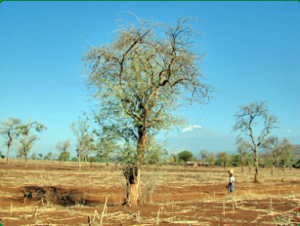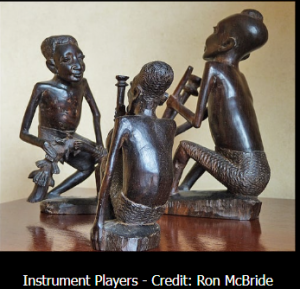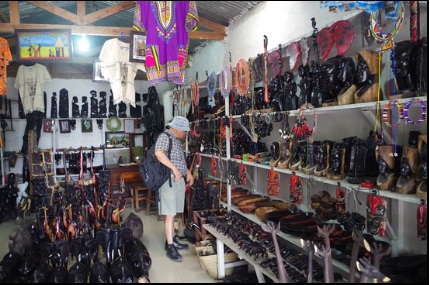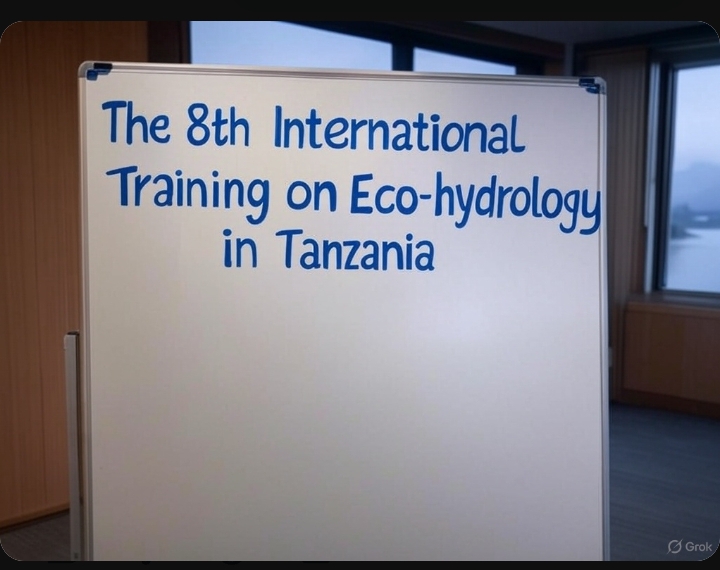Tanzania has the potential to improve its economy through the exhibition of high-quality wood sculptures made from Dalbergia Melanoxylon, a type of wood commonly used in the country. By showcasing these sculptures in exhibitions around the world, particularly in Europe, Tanzania can capitalize on the high demand for products of cultural value and sell them at a premium price to high bidders.
The sculptures made from Dalbergia Melanoxylon are known for their exquisite beauty and craftsmanship, and they portray the national culture of Tanzania. Through these exhibitions, millions of people can be exposed to the unique art and culture of Tanzania, which can significantly enhance the country’s reputation and bring in foreign currency in terms of tourism.
Increasing the value of sculptures made from Dalbergia melanoxylon can also help to rise the value of the forests in Tanzania, especially in this age of greater forest loss due to population growth and agricultural farm expansions. The Dalbergia melanoxylon tree species is known for its strength and durability, making it a popular choice for sculptures. However, it is also a valuable timber species, and its forests are at risk of being destroyed due to unsustainable logging practices.

By promoting the sculptures made from Dalbergia melanoxylon, the value of the timber species can be increased, and this can help to create incentives for sustainable forest management. When the value of the forest is recognized, it becomes more valuable to local communities, and they are more likely to protect it.
Furthermore, promoting the sculptures made from Dalbergia melanoxylon can help to create awareness about the importance of preserving the forests in Tanzania. These forests are home to a variety of wildlife and play a critical role in maintaining the ecological balance. By raising awareness about the importance of these forests, it is more likely that they will be protected for future generations.
promoting the sculptures made from Dalbergia melanoxylon can help to increase the value of the forests in Tanzania and create incentives for sustainable forest management. This will not only benefit local communities but also help to protect the ecological balance of the region.
The Makonde people are the primary makers of these sculptures, and they have honed their skills over generations, passing down their knowledge and expertise to future generations. By promoting and showcasing their work, Tanzania can help to preserve their culture and traditions, while also creating economic opportunities for the Makonde people and other artisans involved in the woodcarving industry.

Overall, the exhibition of high-quality wood sculptures made from Dalbergia Melanoxylon is an excellent way for Tanzania to showcase its cultural heritage, promote tourism, and generate foreign currency. By supporting and promoting the Makonde people and other artisans involved in this industry, Tanzania can create a sustainable source of income while also preserving its cultural identity.
for more of this article click the link below
African Blackwood Conservation Project
Tree planting projects for Dalbergia melanoxylon
“My 200 seedlings are obviously not enough to make much difference compared with what is being lost. But next year I hope to have 20,000 seedlings to plant. It is vital for me to act now rather than wait until the future when things have reached a crisis.”
– Sebastian Chuwa, 1992.




